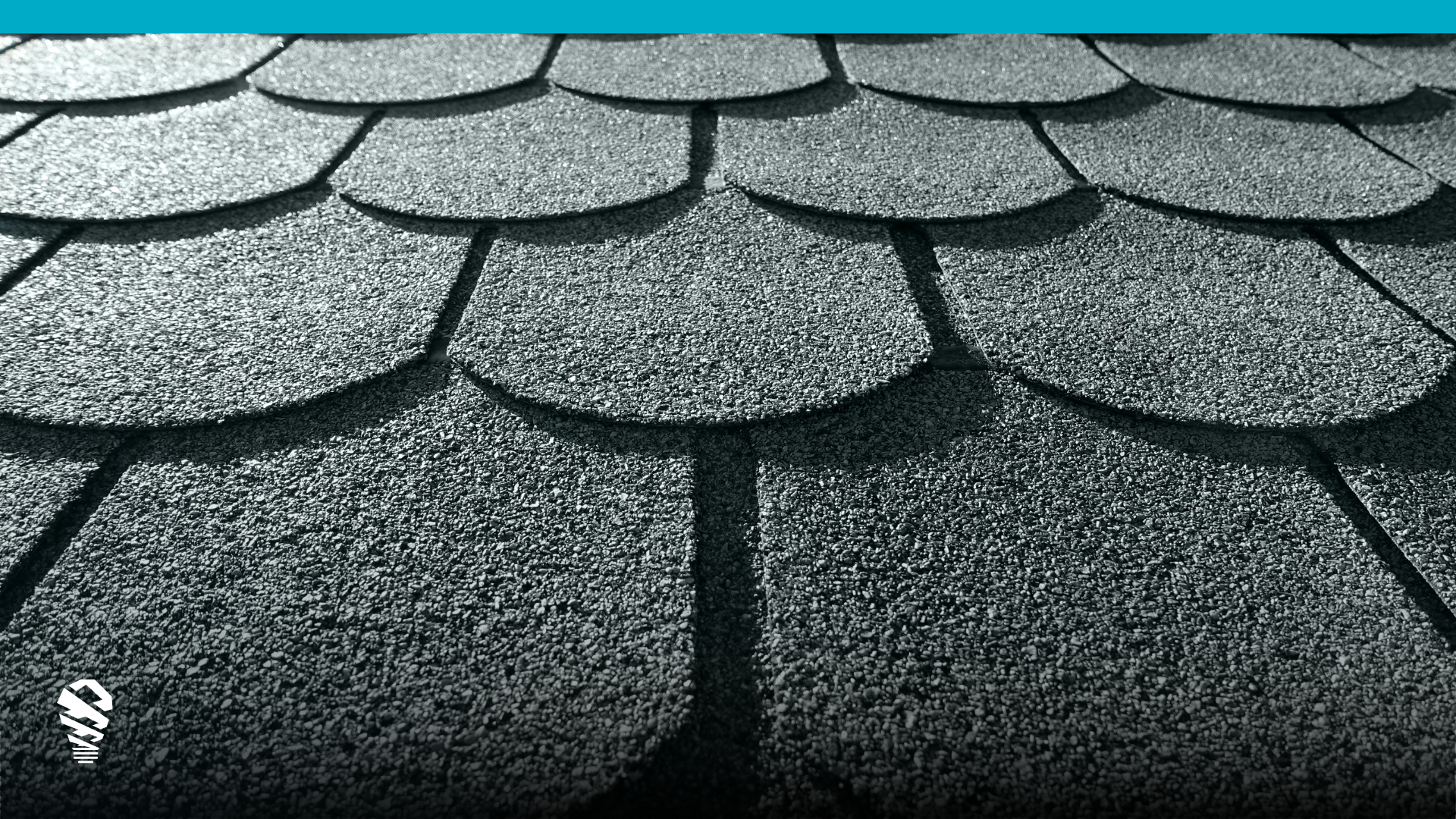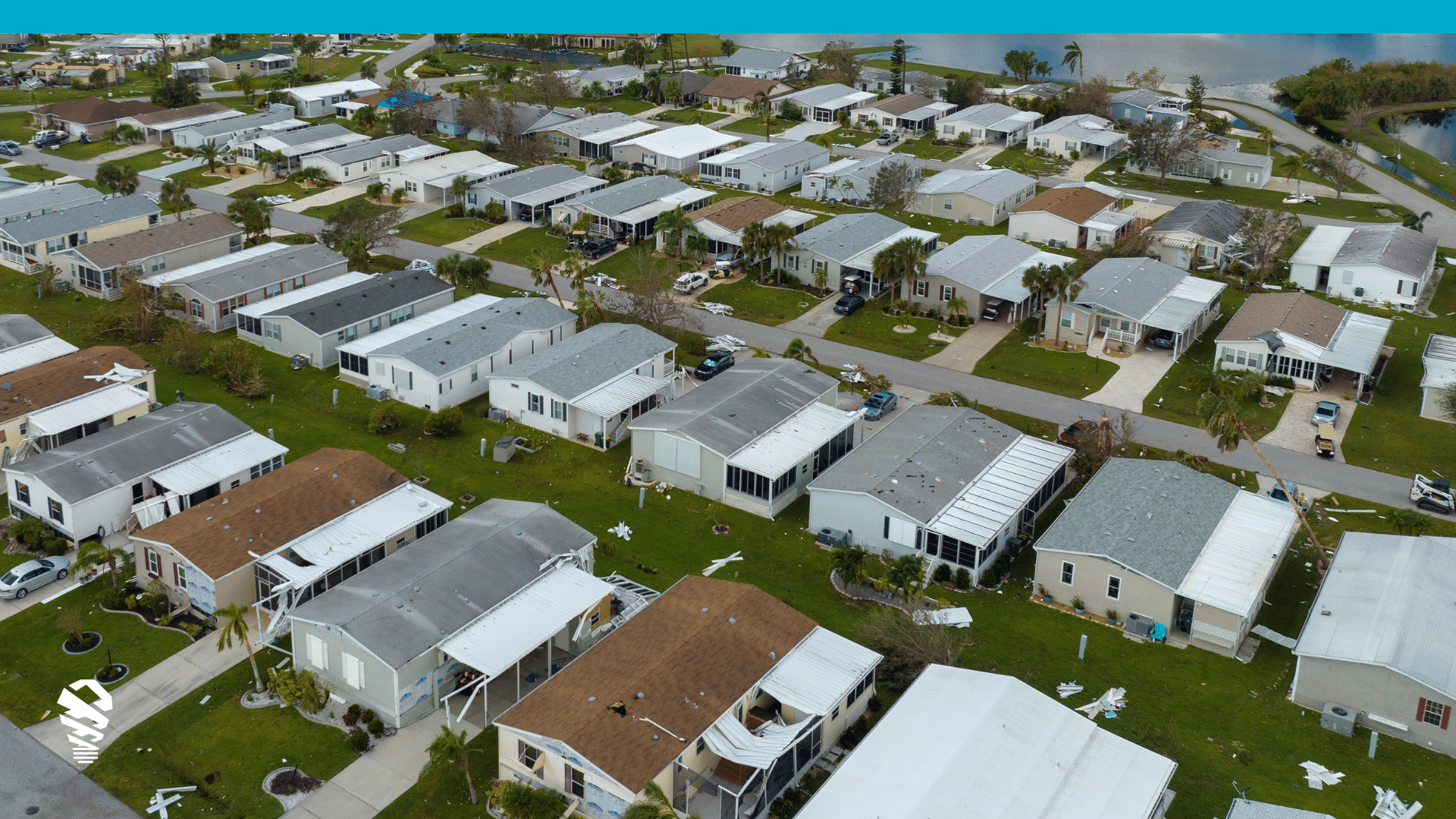The roofing industry has come a long way over the years. Instead of having companies climb on top of your roof to make an assessment, there is software now available to make the process more efficient, safer, and more accurate.
We have partnered with one of the best software out there for the roofing industry, Loveland Innovations, to ensure that our customers receive the best evaluation that is available to the market.
With this powerful technology, we are able to detect damage (i.e. hail damage, missing shingles, and more) faster as well as provide the ability to more effectively communicate with your insurance company. The good news is that some of your insurance companies are already using this technology as well!
What to Expect:
- After the initial request, we send an FAA drone pilot out to your location. During the drone flight, we collect pictures of your roof from multiple angles to ensure we have the best views to spot potential damage.
- Once the images are collected, we then transfer them into a software application. The software has an AI tool that assists in finding and highlighting damage automatically.
- One of our amazing sales assistants will then review the information collected by the software and input it into a report for the customer. This will include measurements of your roof, specifics of the size of different parts of your roofing system, as well as the damage imagery that was previously collected.
- Once all of this information has been compiled, your roofing expert will call to introduce themselves and set up a meeting with the homeowner to review the information from the assessment.
To add to Loveland Innovations already an outstanding array of options, they’ve now introduced solar Shading Analysis. With this upgrade to their already amazing software, companies are now able to analyze the amount of shade hitting various parts of your roof. This allows for the ability to better understand where to place your solar panels so that you get the most effectiveness from your new system leading to lower power bills.
Click the link to view the original article:



![How to Measure a Roof With a Drone [Updated April 2023]](https://www.lovelandinnovations.com/wp-content/uploads/2024/04/How-to-Measure-a-Roof-With-a-Drone-Updated-April-2023.png)




